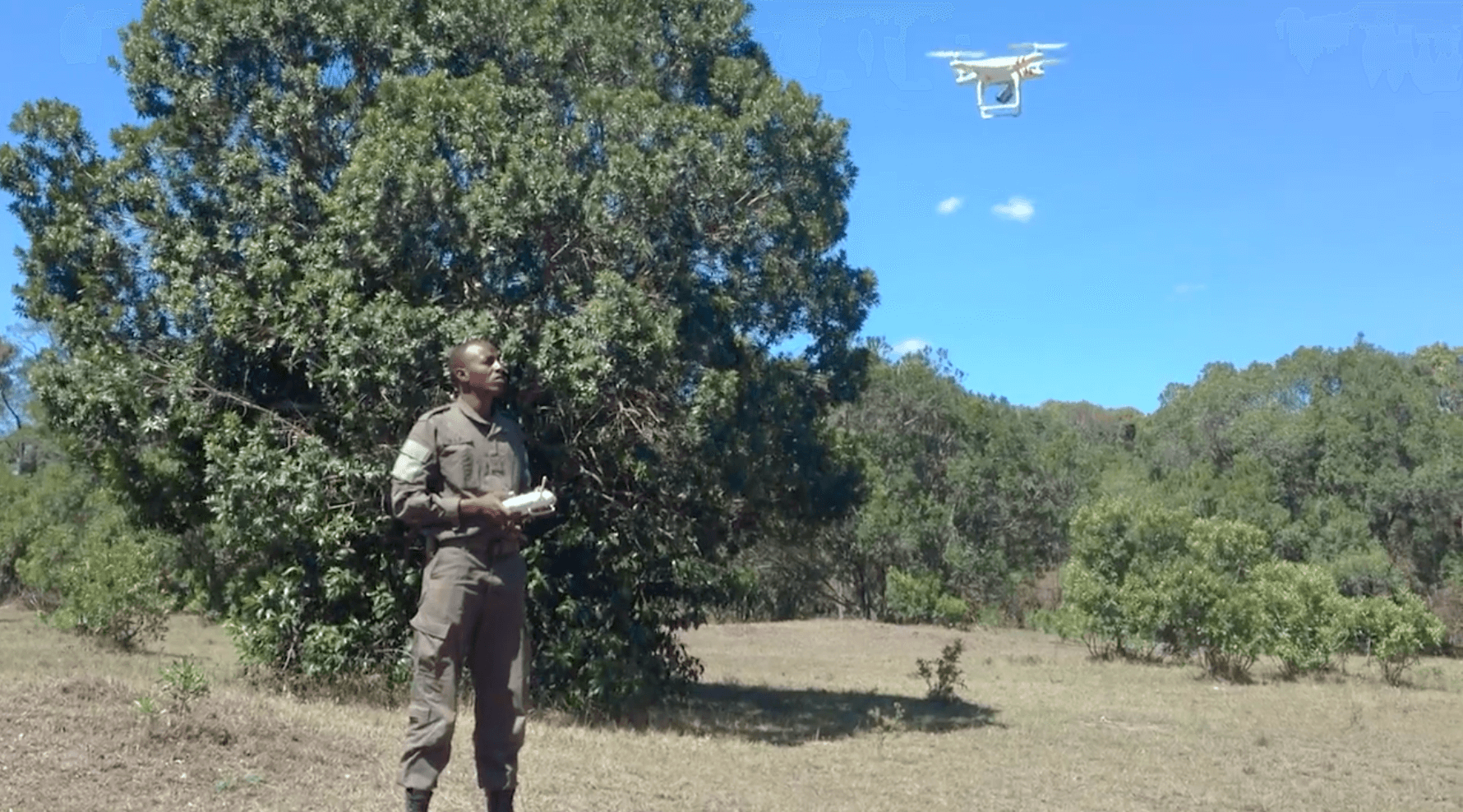How technology is transforming conservation efforts
Technology is revolutionizing the way we protect wildlife and manage human-wildlife conflict. The rollout of a new digital claims system is a game-changer for communities affected by wildlife damage. It promises faster, more transparent compensation processes, reducing the tension between humans and wildlife.
The benefits of digital claims systems
Digital claims systems offer several advantages over traditional methods. They are faster, more accurate, and less prone to fraud. They also provide valuable data for conservation planning and conflict mitigation, helping conservationists understand patterns of human-wildlife interactions.
Real-world impact
From using drones for anti-poaching patrols to real-time wildlife tracking, technology is already making a difference in conservation. Digital claims systems add another layer of support, ensuring that communities feel the benefits of living alongside wildlife.
Natuasili’s role in tech-driven conservation
We support the use of technology in conservation through partnerships and awareness campaigns. By connecting travelers with tech-driven conservation projects, we help fund innovative solutions and promote long-term sustainability.
Next steps
As technology continues to evolve, so too will the opportunities for conservation. Natuasili aims to be at the forefront of this change, supporting innovative solutions that benefit both wildlife and local communities.
Educating communities on digital tools
A critical part of this transition is ensuring that communities understand how to use digital tools effectively. Natuasili collaborates with tech partners to provide training on digital claims systems, data collection, and wildlife monitoring. This empowers communities to take a more active role in conservation.
Integrating traditional knowledge with modern technology
While technology is essential, traditional knowledge should not be overlooked. Many indigenous communities have developed sophisticated methods for coexisting with wildlife. By integrating these insights with modern technology, conservation efforts can become more culturally sensitive and effective.

0 Comment